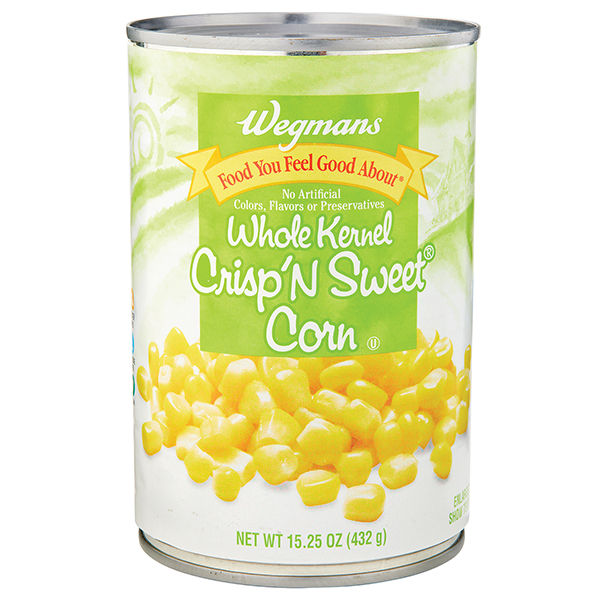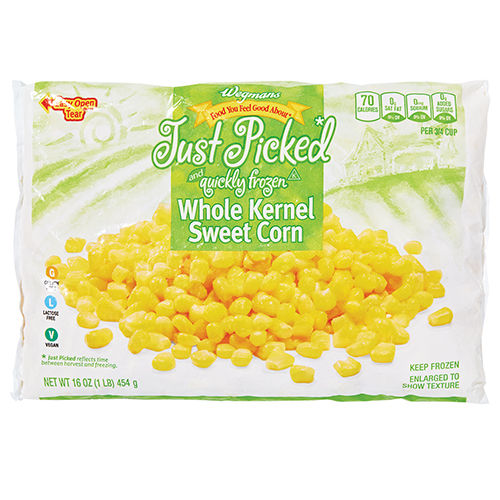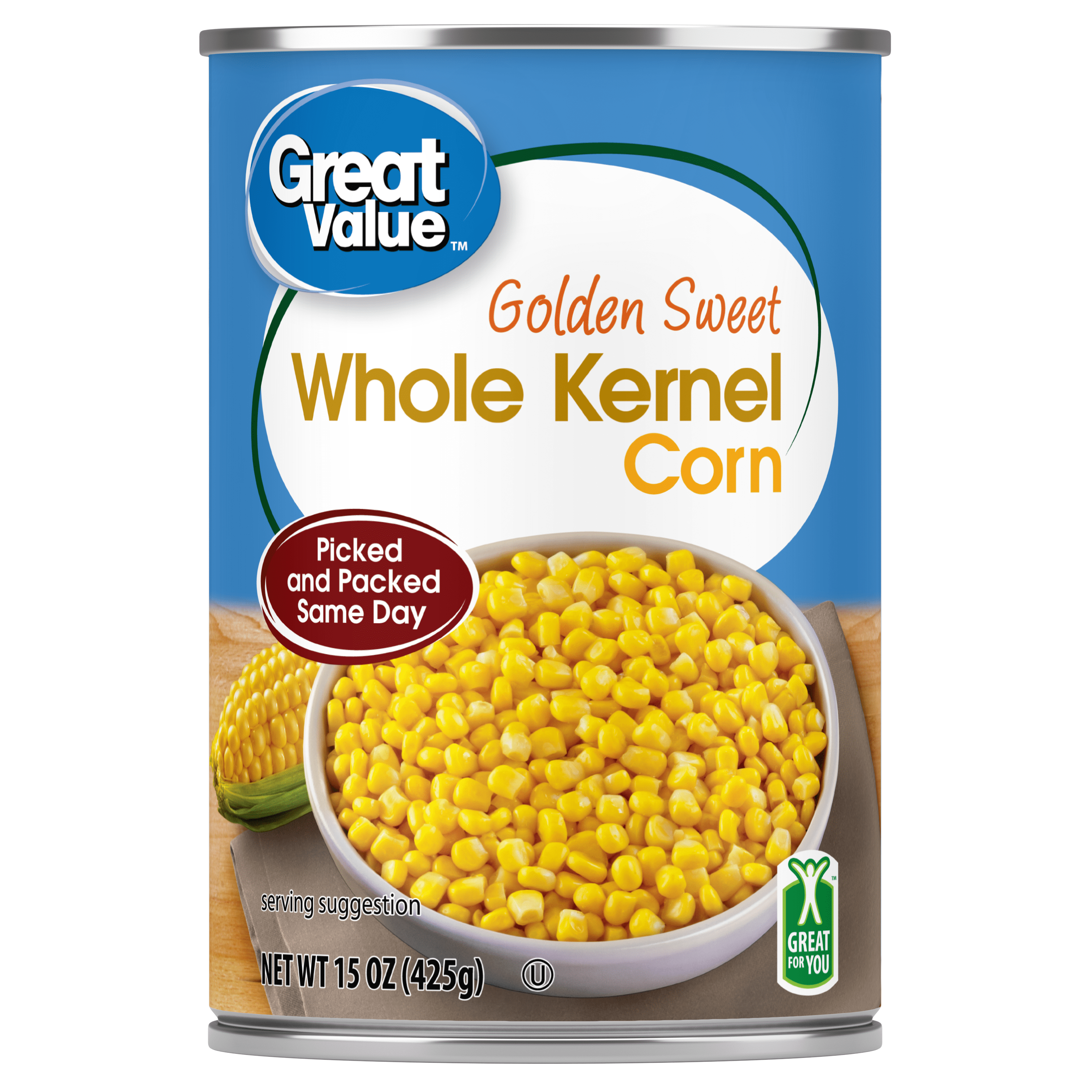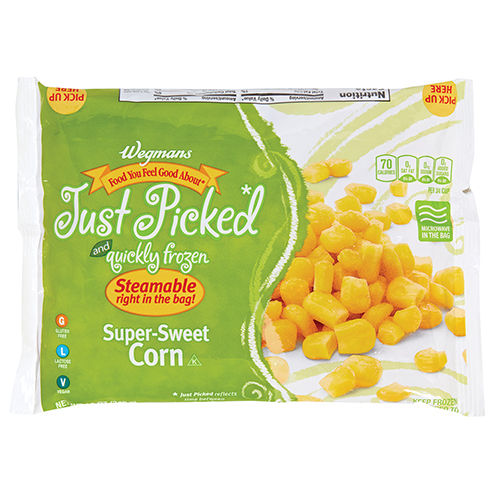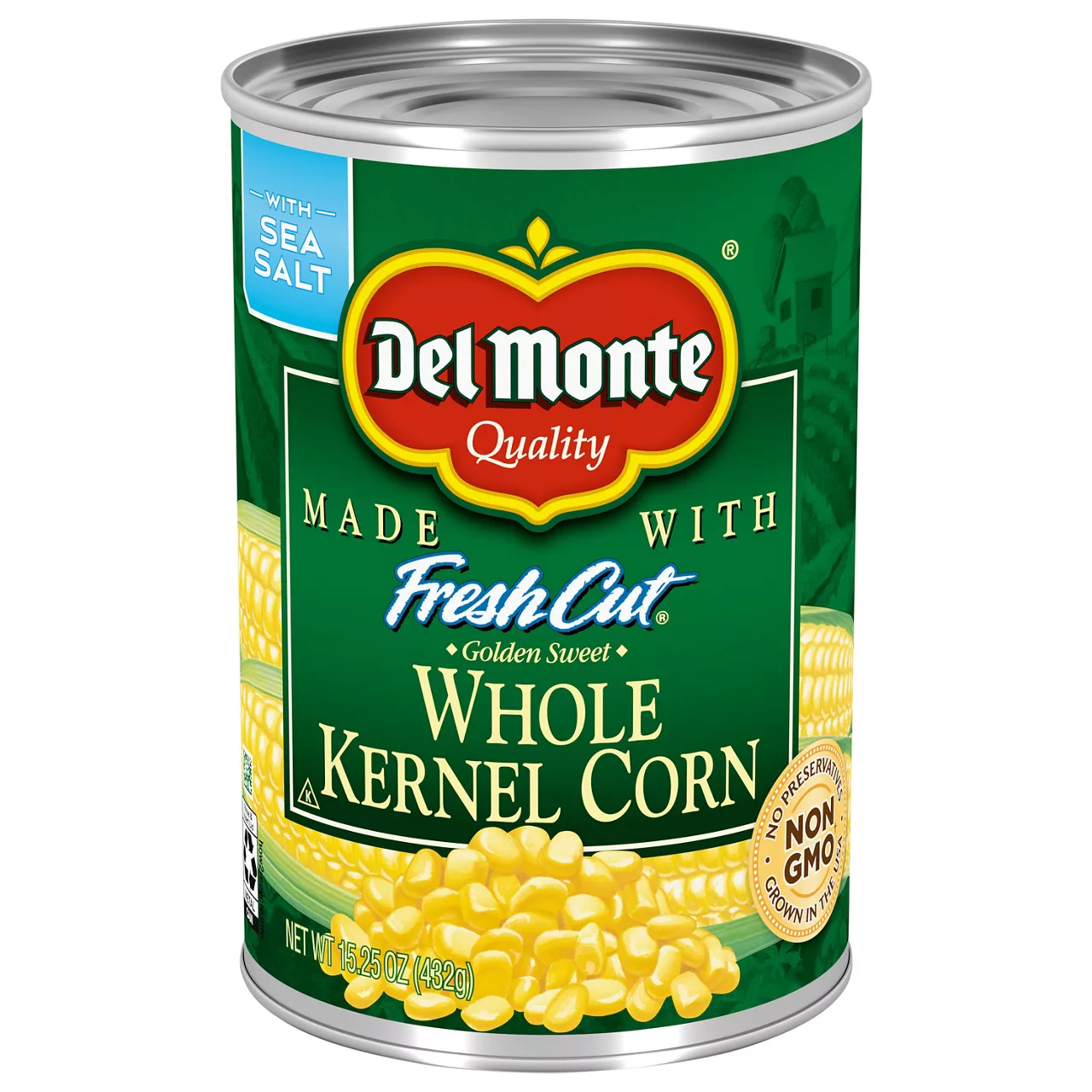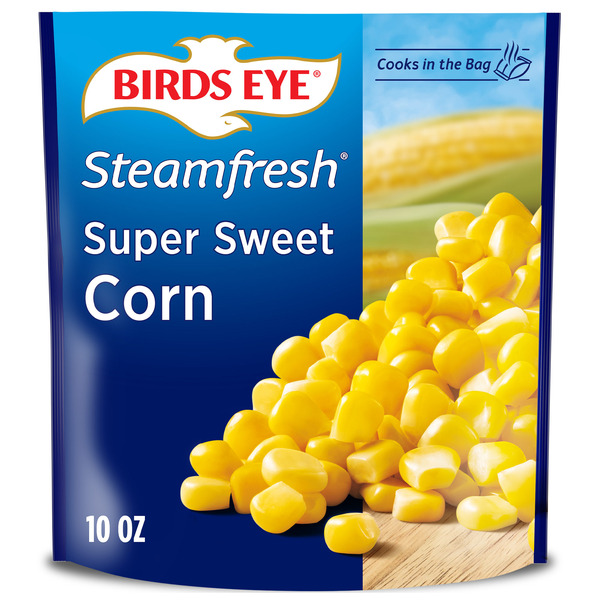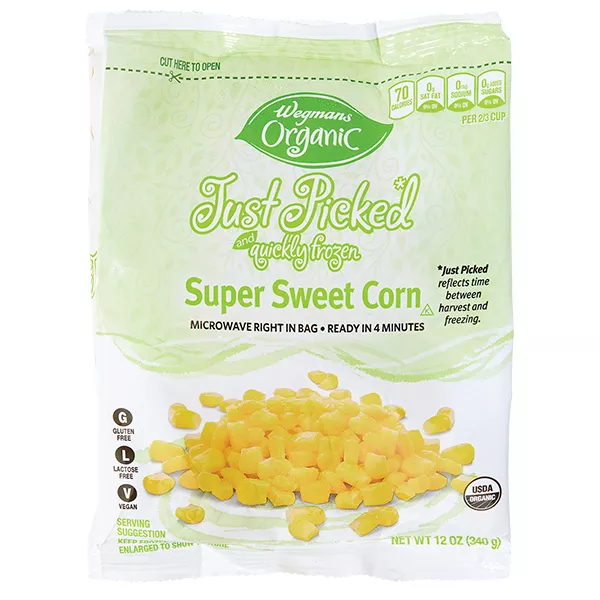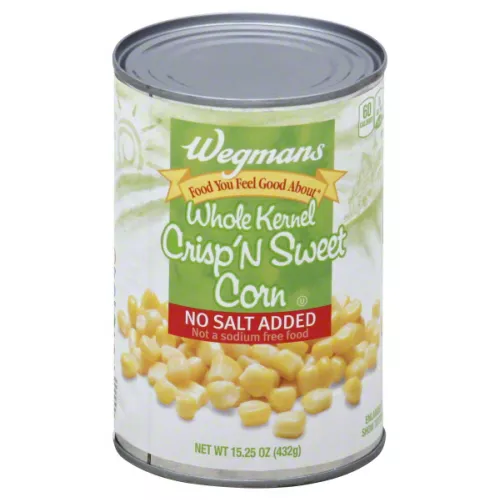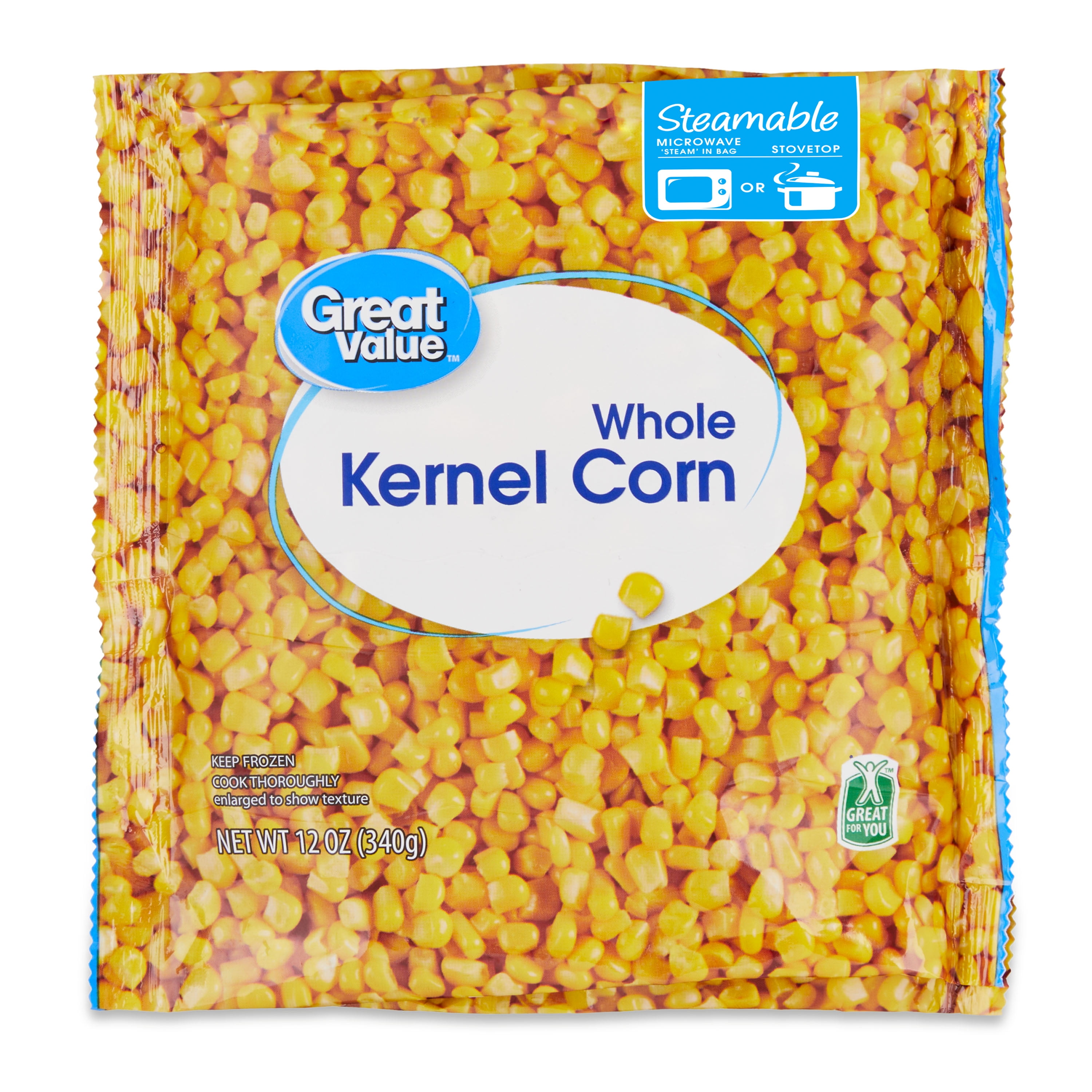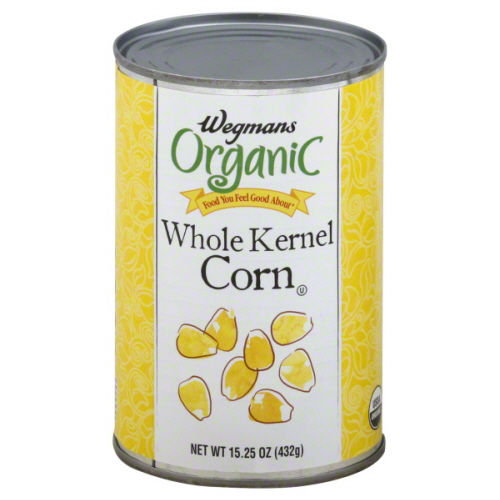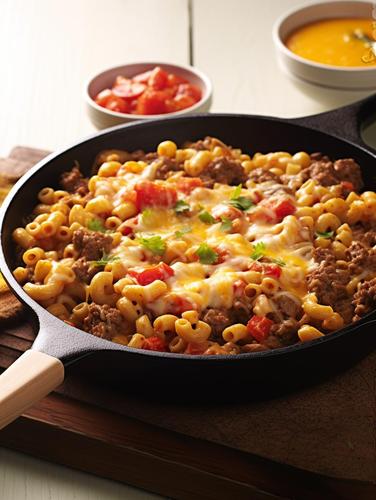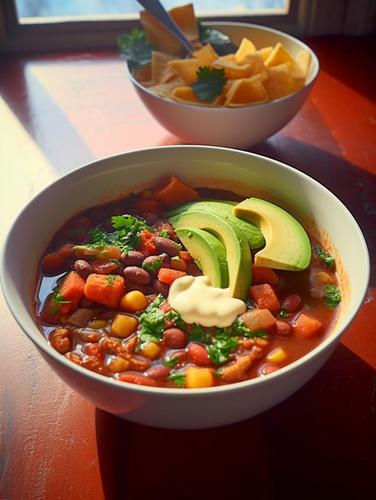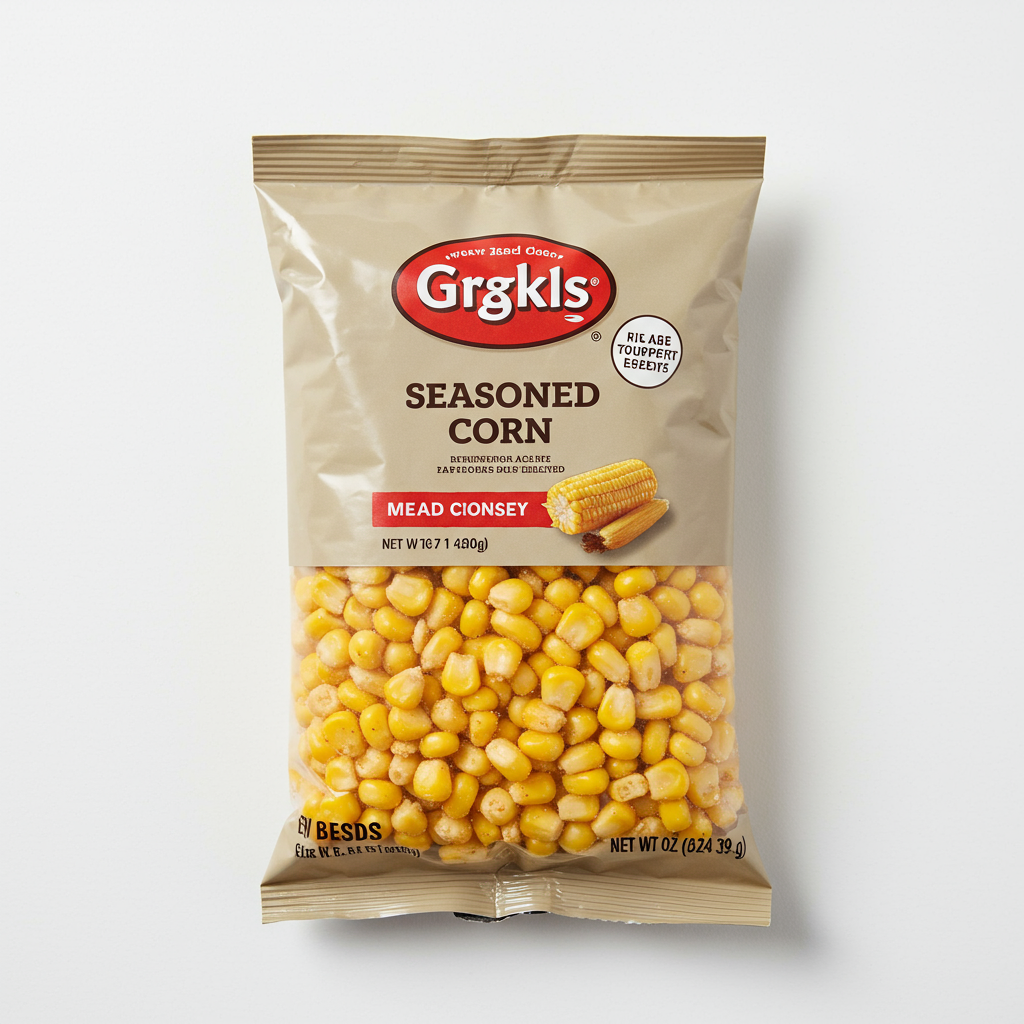SIDE DISHES
MAIN DISHES
SALADS
Corn
Corn, also known as maize (Zea mays), is a staple cereal grain native to the Americas. It has become one of the most widely cultivated crops worldwide, with numerous varieties and a rich history in agricultural practices. Corn is a versatile ingredient, consumed either fresh or processed, and popular in a wide range of cuisine, from sweetcorn to cornmeal and corn syrup.
As a rich source of carbohydrates, fiber, vitamins, and minerals, corn provides essential nutrients to a balanced diet. It is commonly eaten as corn on the cob or incorporated into dishes such as corn chowder, salsa, cornbread, and polenta. Whether grilled, boiled, or steamed, corn adds both flavor and texture to everyday meals.
80%
CARBS
6%
FAT
14%
PROTEIN
6,298 Corn Products
Wegmans Whole Kernel Crisp'N Sweet Corn, Canned
Wegmans Frozen Whole Kernel Corn
Great Value Golden Sweet Whole Kernel Corn, Canned Corn
Wegmans Microwaveable Super-Sweet Corn
Del Monte Fresh Cut Golden Sweet Whole Kernel Corn
Birds Eye Steamfresh Super Sweet Corn, Frozen Vegetables
Wegmans Organic Just Picked* and Quickly Frozen Super Sweet Corn
Wegmans Food You Feel Good About Whole Kernel Crisp'N Sweet Corn, No Salt Added
Great Value Frozen Whole Kernel Corn
Wegmans Organic Food You Feel Good About Whole Kernel Corn
Used In 685 Recipes
6
Savory Layered Enchilada Bake
2
Nourishing Avocado & Chicken Bowls
5
Smokey Chicken and Bean Bowl
2
Zesty Cauliflower & Bean Fiesta Bowls with Fragrant Cilantro-Lime Rice
4
One-Pan Spicy Mexican Beef & Macaroni
5
Sizzling Southwest Beef & Rice
5
Cheesy Chicken Enchilada Casserole
6
Hearty Veggie Chili
Corn Is Frequently Used With
Corn FAQ
When it comes to cooking with corn, many people encounter challenges due to its varied forms - fresh, canned, and dried. The most critical step to getting the most out of corn is understanding how to prepare it in its different forms.
Every form offers a distinct taste, texture, and versatility in recipes. Fresh corn, commonly enjoyed on the cob, is sweet and crunchy, making it perfect for grilling, stewing, or as a raw addition to salads. Canned corn, however, has a softer texture and a slightly saltier taste due to preservatives, making it a ready-to-use addition to soups, stews, and casseroles.
Dried corn, typically ground into cornmeal, is used in baking and cooking. Remember not to confuse cornmeal with cornstarch, as they hold different culinary purposes. Cornmeal is perfect for dishes like cornbread, while cornstarch acts as a thickening agent for soups and sauces.
When it comes to tips and tricks, here's one: when grilling fresh corn, try soaking it in a bath of milk and water (a few hours to overnight) before grilling. This hack helps to enhance corn's sweetness and keeps the kernels juicy even when grilled.
One common mistake people make is overcooking corn. Overcooking diminishes its flavor, texture, and nutrients. Remember that fresh corn doesn't need much cooking - a few minutes are enough to bring out the sweetness.
For those looking to maximize the health benefits, consider pairing corn with foods rich in protein or healthy fats to improve absorption of its nutrients - such as mixing into a salad with beans and avocado.
What is the best way to cook fresh corn on the cob?
What's the difference between white and yellow corn?
Can you eat fresh corn raw?
Is canned corn as healthy as fresh corn?
Can I substitute cornmeal for cornstarch?
Why is my corn not sweet?
How can I enhance the flavor of canned corn?
Can I use fresh corn instead of canned in recipes?
How do I remove the silk from corn?
Why does corn turn hard when cooked?
Expiration & Storage Tips
When does corn expire?
Fresh corn on the cob tends to have the best taste if consumed within 1-2 days of purchase. However, it can stay safe to eat for about 5-7 days when stored in the refrigerator. Once cooked, corn should be refrigerated and can be enjoyed for 3-4 days. If you've frozen your corn, it can be stored safely for 8-12 months. As for canned corn, it is safe to eat for 2-5 years past the printed date if unopened. Once opened, it lasts for 3-4 days in the refrigerator.
How do you tell if corn is bad?
Determining if corn has gone bad is usually a matter of sight and smell. Fresh corn husks should be bright green and feel tight and moist. When corn starts to go bad, the husk turns brown and feels dry. The corn kernels also get a dull color, start to wrinkle, or develop black spots. If the corn has an off-smelling odor or a moldy appearance, it's time to toss it out. A canned corn that has gone bad will have a strange odor, color or sticky texture.
Tips for storing corn to extend shelf life
• Always store fresh corn in the refrigerator with the husks on. This helps to retain its freshness and moisture.
• To preserve corn for longer, you can blanch it and then freeze it. Make sure to pack it in airtight containers or heavy-duty freezer bags.
• If you've opened a can of corn but can't use it all at once, transfer the remaining corn along with its liquid into a different container before refrigerating. Leaving it in the opened can may lead to a metallic taste.
• To keep kernels crisper, add a pinch of sugar into the container you are storing your cooked corn in.
• Rotate your canned corn supply so that the oldest cans get used first. This ensures you're always using the canned corn at its peak quality.
EXPIRES WITHIN
11 - 21
DAYS
Equivalents
Substitutes
Health Info
Macros
16g
CARBS
1g
FAT
2g
PROTEIN
Allowed on these diets
LOW FAT
HIGH CALCIUM
VEGETARIAN
MEDITERRANEAN
LOW CARB
VEGAN
LACTOSE FREE
GLUTEN FREE

